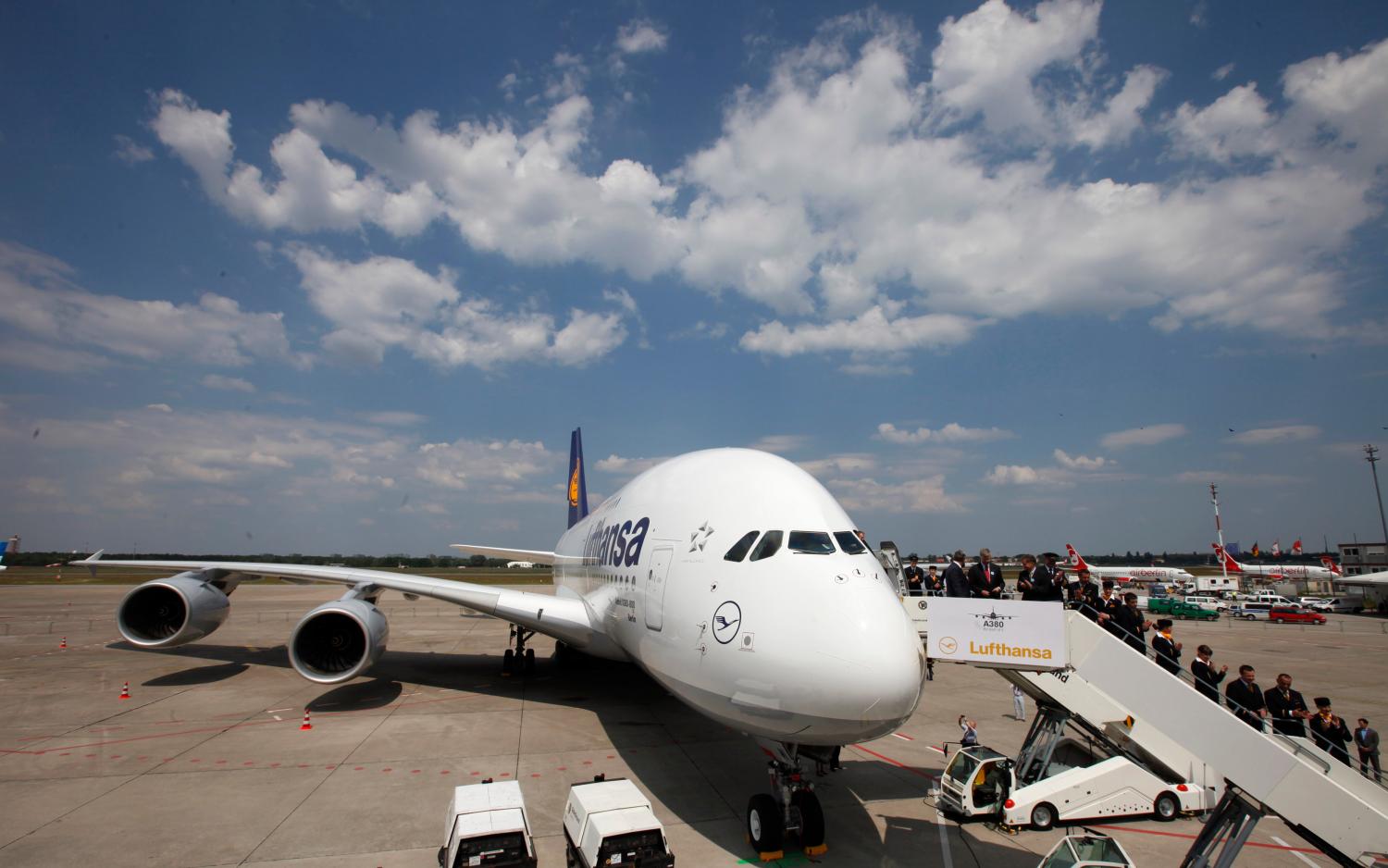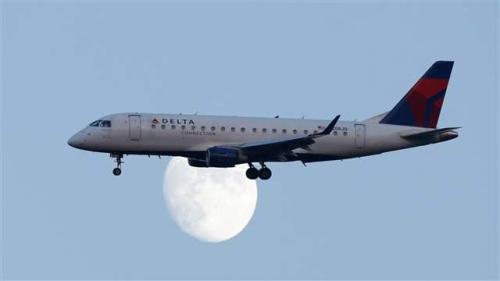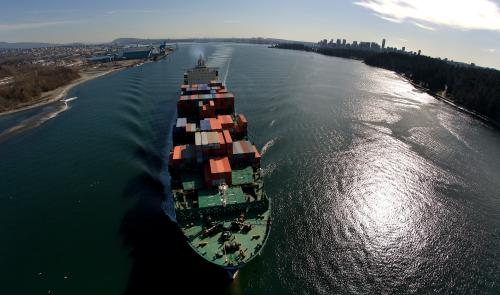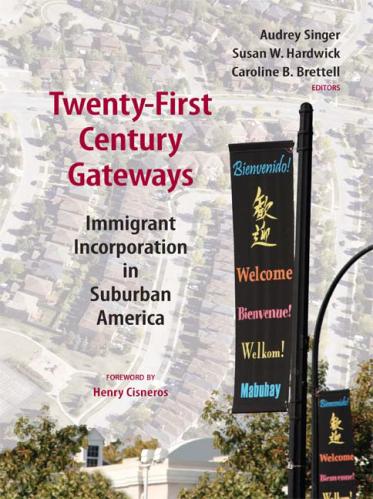As metropolitan economies expand their global reach through trade and investment, international aviation
plays a pivotal role: the movement of people across national borders. An important set of metropolitan
gateways have become a major source of international passengers and the key facilitators of cross-border
travel to other global markets, making these places especially vital within aviation’s contribution to global
trade.
However, current federal and local investment policies do not reflect the travel concentrations in these
places, nor do current regulations help maximize international passenger levels. To support global trade
across all metropolitan markets, federal and local policies must refocus their support on the key metropolitan
gateways.
(To find statistics on your metropolitan area, please see our interactive feature »)
An analysis of international commercial air travel passenger levels within the United States’ global aviation network reveals that:
International air travel in and out of the United States more than doubled between 1990 and 2011. The growth in international passengers during the 21-year period was more than double the growth in domestic passengers and real GDP.
Since 2003, international air travel grew between the United States and every global region, with the strongest growth coming from emerging markets. Four emerging economic regions—Middle East/North Africa, Developing Asia-Pacific, Sub-Saharan Africa, and Eastern Europe/Central Asia—experienced over 40 percent growth in both passengers and real GDP between 2003 and 2011. But the most passengers still moved between the United States and Western Europe or Latin America/Caribbean in 2003 and 2011.
Airports in the United States’ 100 largest metropolitan areas are responsible for 96 percent of U.S. aviation passengers traveling internationally, with travel especially concentrated in a few critical gateways. Just 17 metropolitan gateways captured 73 percent of all international passengers starting or ending their trip in the United States as well as 97 percent of all international transfer passengers. These 17 metropolitan gateways make international air travel possible for their own residents and businesses, plus for those in other United States metropolitan areas with limited international connections.
Critical groups of international metropolitan areas serve the same gateway function when connecting passengers to the United States—doubling as main launch point and transfer point for other metropolitan areas. A group of just 200 international metropolitan areas are responsible for 93 percent of all air passenger travel to and from the United States. A subset of 20 metropolitan gateways redistributes 76 percent of all international passengers requiring an international transfer point.
The routes between United States and global gateways are the most structurally important parts of the United States’ global aviation network, and corridors connecting to emerging economies are the fastest-growing. The 500 most-traveled corridors tend to involve either a United States or international gateway, and those 500 corridors capture over half of all international travel. The majority of those 500 corridors travel to developed metropolitan economies, such as London or Toronto, but the fastest-growing corridors are to emerging metropolitan economies, such as Shanghai and Sao Paulo.










